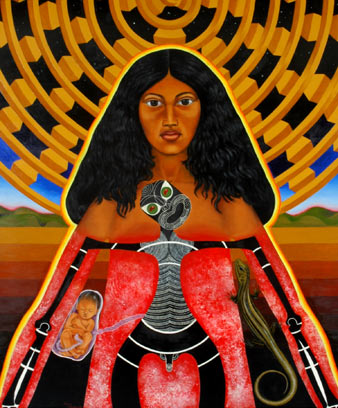Art History- week 1 class work - BVA 212
| Iwi |
| http://www.collingwood-area.school.nz/iwi-map.html |
hapū |
| https://teara.govt.nz/en/te-whanau-tamariki-pregnancy-and-birth |
IN CLASSWORK
find an image to define the words
https://maoridictionary.co.nz/
Taiaha |
| https://collections.tepapa.govt.nz/object/66543 |
Name Taiaha kura (long fighting staff)
Production Unknown; carver; 1800-1850; New Plymouth
Classification edged weapons, Taiaha
Materials wood, feather, dog hair, flax
Material Summary wood, muka, kaka feathers, kuri (dog hair)
Techniques woodcarving
Dimensions Overall: 51mm (width), 1555mm (length), 27mm (depth)
Registration Number ME000020
Credit line Purchased 1904
| Tauihu |
| http://nzetc.victoria.ac.nz/tm/scholarly/tei-BesCano-t1-body-d3-d8.html |
Moko  |
| https://www.tepapa.govt.nz/discover-collections/read-watch-play/maori/ta-moko-maori-tattoos-history Tā moko (link is external), 1906, by Leslie Hinge. Te Papa (B.000832) |
Many of the design motifs are universal, especially the spiral elements applied to the nose, cheek, and lower jaws, and the curvilinear rays on the forehead and from the nose to the mouth. The remaining elements were carefully chosen to accentuate and enhance the individual features, giving meaning to the expression Mataora, the living face.
Moko may also indicate social status, role, and expressions of identity though genealogy, but this remains unclear.
 |
| https://www.tepapa.govt.nz/discover-collections/read-watch-play/maori/ta-moko-maori-tattoos-history Louis John Steele, Portrait of a young Maori woman with moko (link is external), 1891, oil on canvas. Te Papa (1995-0015-1) |
http://nzetc.victoria.ac.nz/tm/scholarly/tei-PalMoko-t1-body-d1-d2.html
one the flesh was carved away and the pigment placed inside the grooves, resulting deep, dark lines. The second method was similar to most of Polynesia with the pigment inserted underneath the skin with a sharp-toothed comb (Gell 1993: 246-7). The carving method was limited to the facial moko while the rest of the body was tattooed in the more conventional method.
http://www.themaori.com/maori-tattoo/moko-meaning
Kowhaiwhai
 |
| https://boneart.co.nz/products/wooden-mangotipi-wall-art-7-34a |


Comments
Post a Comment